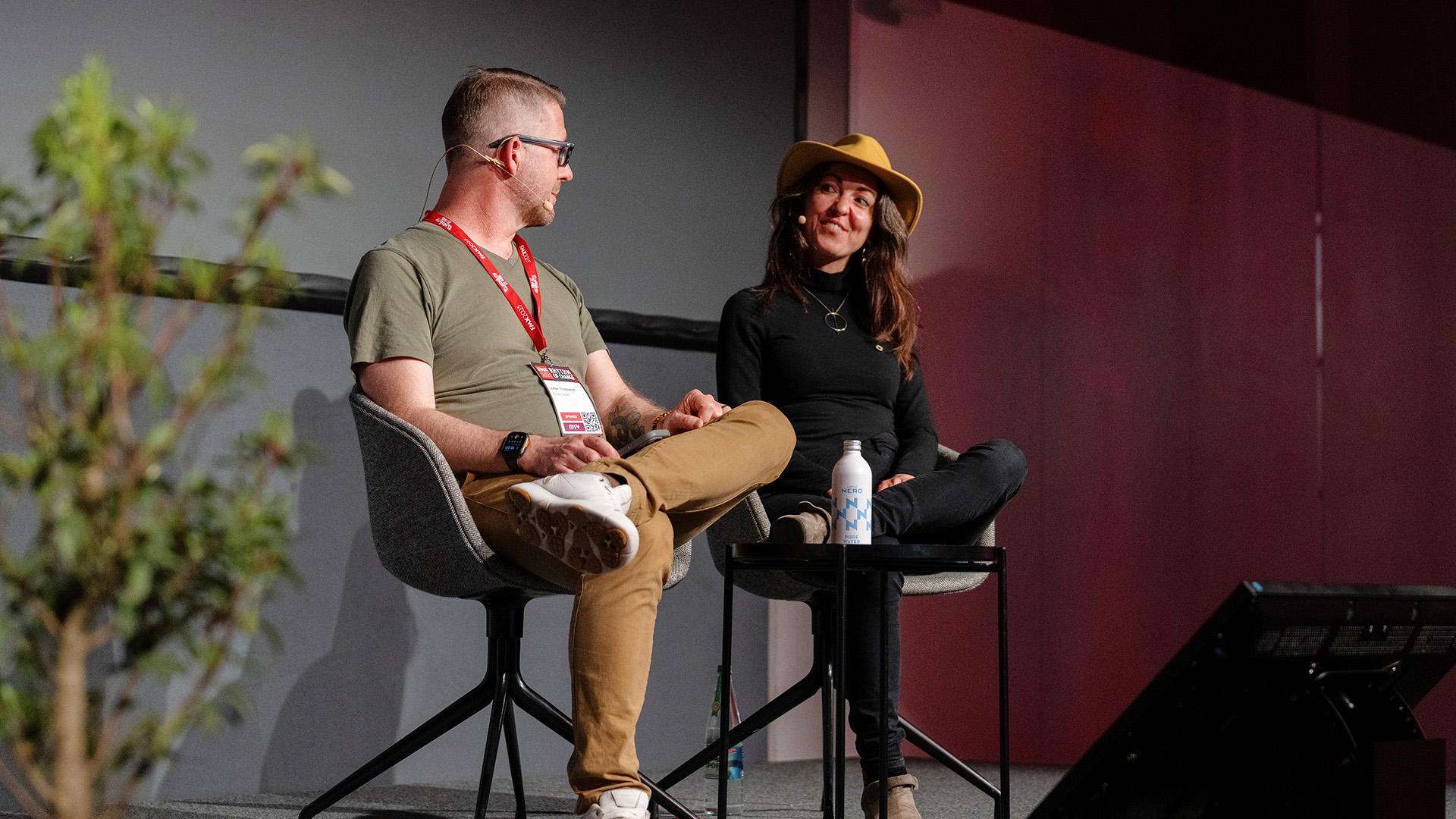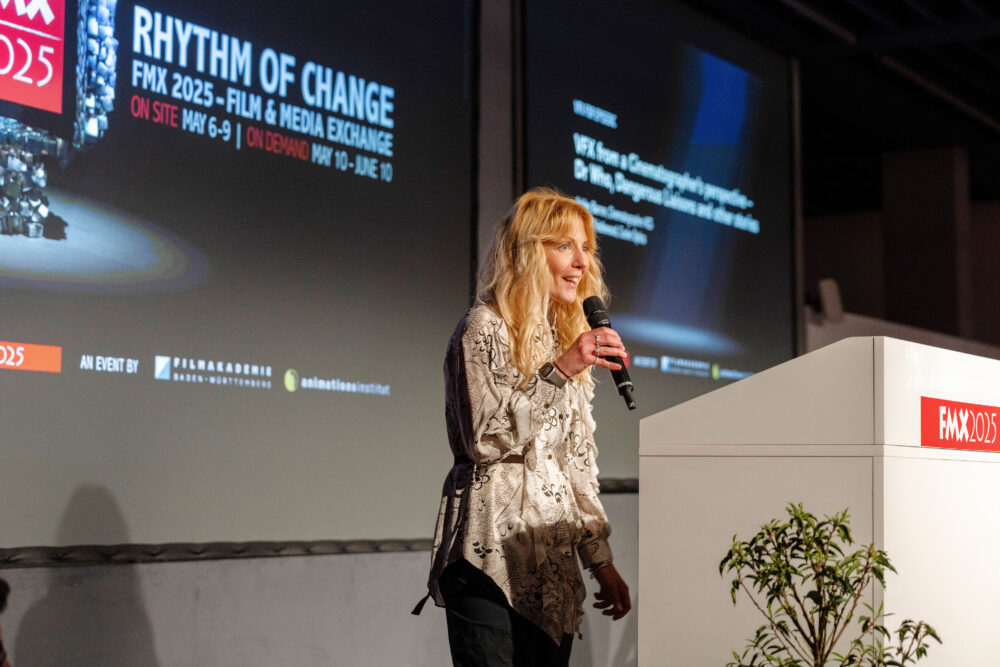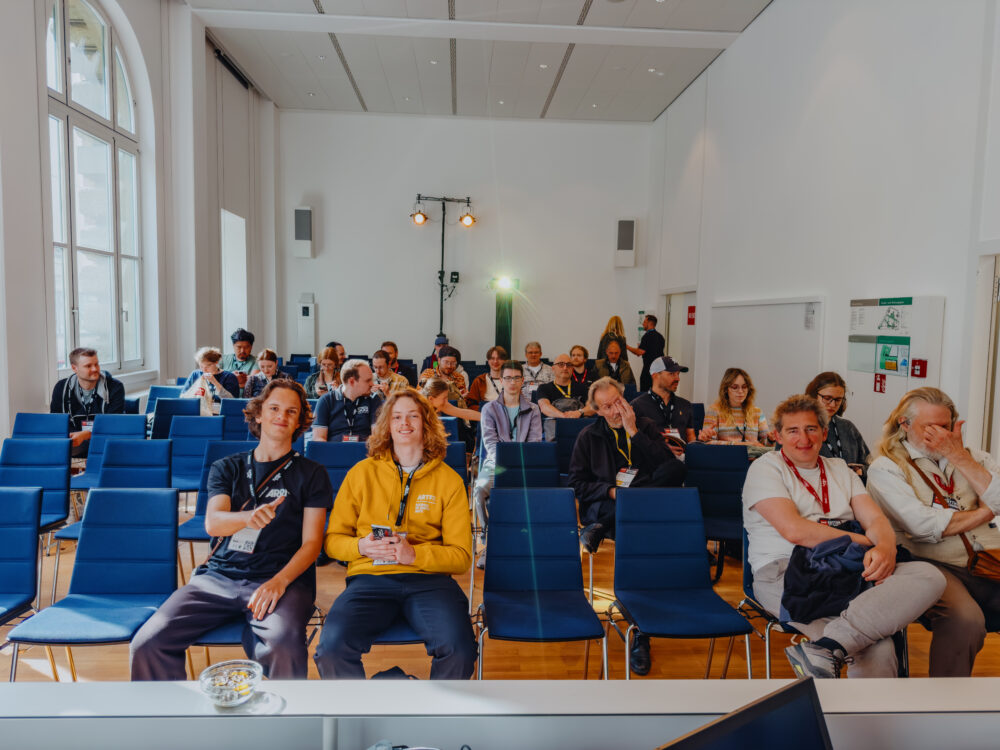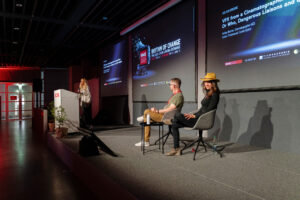Search for lenses, articles and help

The Film and Media Exchange (FMX) conference stands as one of the world’s premier gatherings celebrating the art, craft, and technology of storytelling across film, television, animation, and games. Held annually in Stuttgart, Germany, FMX has built a reputation for bringing together diverse creative professionals from around the globe.
FMX has cultivated a balanced approach that appeals equally to established professionals, emerging talents, and students. This universal appeal, combined with the conference’s ability to secure presentations on major projects nearing release, has solidified FMX’s status as an essential event in the entertainment technology calendar.
The conference’s commitment to cross-disciplinary conversation creates an environment where innovative ideas can flourish through previously hard to facilitate collaborations. This atmosphere of openness and exchange has become FMX’s defining characteristic and greatest strength.

Fitting for this year’s slogan “Rhythmn of Change” the 2025 conference marked a watershed moment for FMX, as Cooke facilitated the inclusion of the cinematographer’s expertise in a meaningful way. While VFX, animation, and game development have always been core components of the conference, each of these disciplines fundamentally relies on cinematographic principles; professionals in these fields must understand lighting, lensing, and camera work to create compelling visual stories.
The discussions revealed how cinematographers can assist VFX supervisors and data wranglers on set, ensuring they capture all necessary information. Similarly, VFX supervisors gained insights into championing the cinematographer’s vision throughout the post-production process.
While these disciplines share many fundamental principles, they often differ in technology, terminology, and scope of responsibility. Cinematographers typically oversee the visual design of an entire project, while VFX vendors focus on specific sequences or elements. These differences in perspective make dialogue all the more essential.


A recurring theme throughout the conference emerged from the industry’s most accomplished professionals: the most convincing visual effects begins with capturing as much as possible on set. Even in an era of remarkable digital capabilities, the nuanced, organic qualities of footage shot with physical cameras and lenses provides an irreplaceable foundation for believable visual effects.
Creating photoreal imagery from scratch presents enormous challenges in replicating the countless subtle visual cues that signal authenticity to viewers. This insight underscores the vital importance of collaboration between cinematographers and VFX teams from a project’s earliest stages.
The conference featured several standout sessions that highlighted successful collaborations:
The VFX of ‘Nosferatu’ panel showcased the dedicated partnership between cinematographer Jarin Blaschke and the Bluebolt VFX team, demonstrating how this collaboration enhanced the film’s atmospheric visual storytelling.
Another insightful presentation explored efforts to recreate the distinctive look of anamorphic lenses within game engines, specifically for narrative-driven cutscenes within the Witcher 4 reveal trailer. A perfect example of traditional cinematography techniques influencing digital media.
The ‘Sinners’ presentation by the film’s VFX supervisor, Michael Ralla, emphasized their team’s commitment to respecting and facilitating the cinematographer’s work, including honouring specific lens choices throughout the VFX process.
Cooke’s presented two significant panels. First, a presentation by cinematographer Ashley Barron ACS, who shared insights into her creative process regarding lenses, filters, and lighting choices. She discussed her approach to crafting visual stories and balancing meticulous preparation with the flexibility required during principal photography. The second panel explored the rich history of lens optics and its influence on contemporary lens design, followed by a forward-looking discussion about how lens technology and workflow innovations might evolve in coming years.

FMX offers many of its most impactful sessions through its on-demand platform. We encourage industry professionals, students, and enthusiasts to experience these groundbreaking discussions firsthand. Visit the official FMX website to purchase a pass to access the recordings.
Beyond formal presentations, Ashley Barron spent valuable time with VFX supervisors in the Speakers Lounge, establishing connections and finding common ground. She attended numerous panels throughout the week, developing a deeper appreciation for VFX processes and requirements—knowledge she now brings back to London to share with peers in the industry, including the Illuminatrix collective.
The groundbreaking convergence of cinematography and visual effects at FMX 2025 represents more than a one-time event—it serves as an important part of the continuation of a more integrated approach to visual storytelling across media. As technology continues to evolve and the boundaries between captured and created imagery become increasingly fluid, the relationships fostered at conferences like FMX will prove essential to maintaining the art of visual storytelling.
The insights gained from these cross-disciplinary exchanges promise to influence not only how films and other visual media are made, but also how the next generation of creative professionals are educated and mentored. By understanding the interconnectedness of these disciplines, we move toward a future where technology serves artistic vision more seamlessly than ever before.